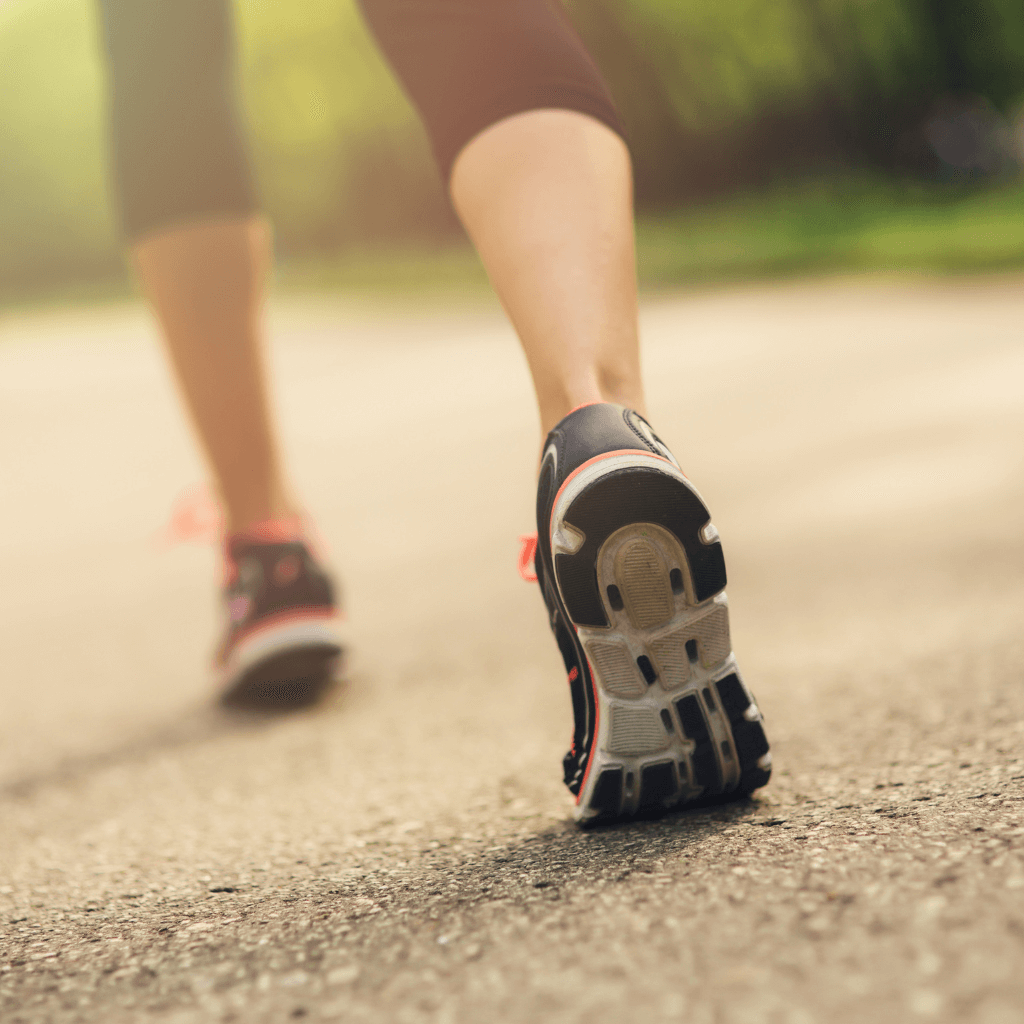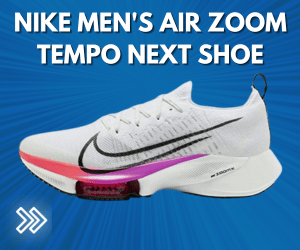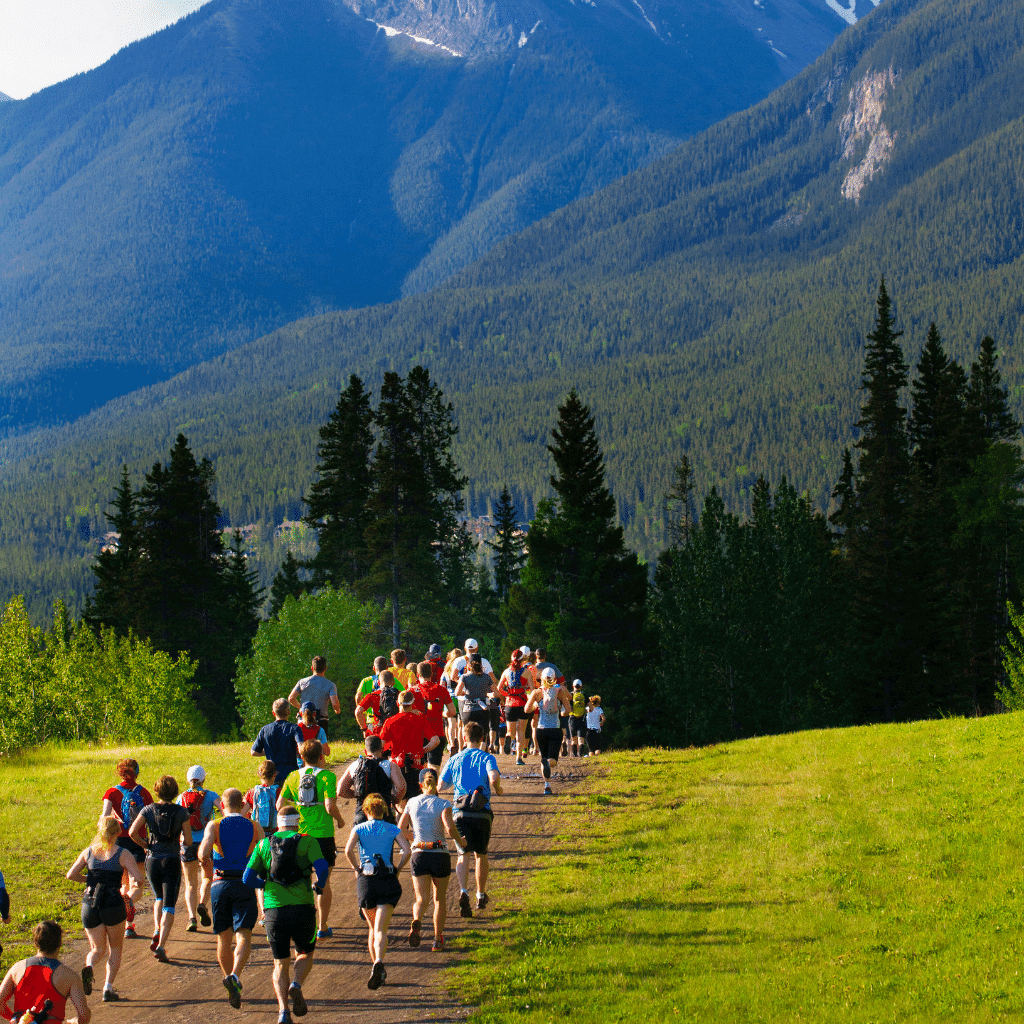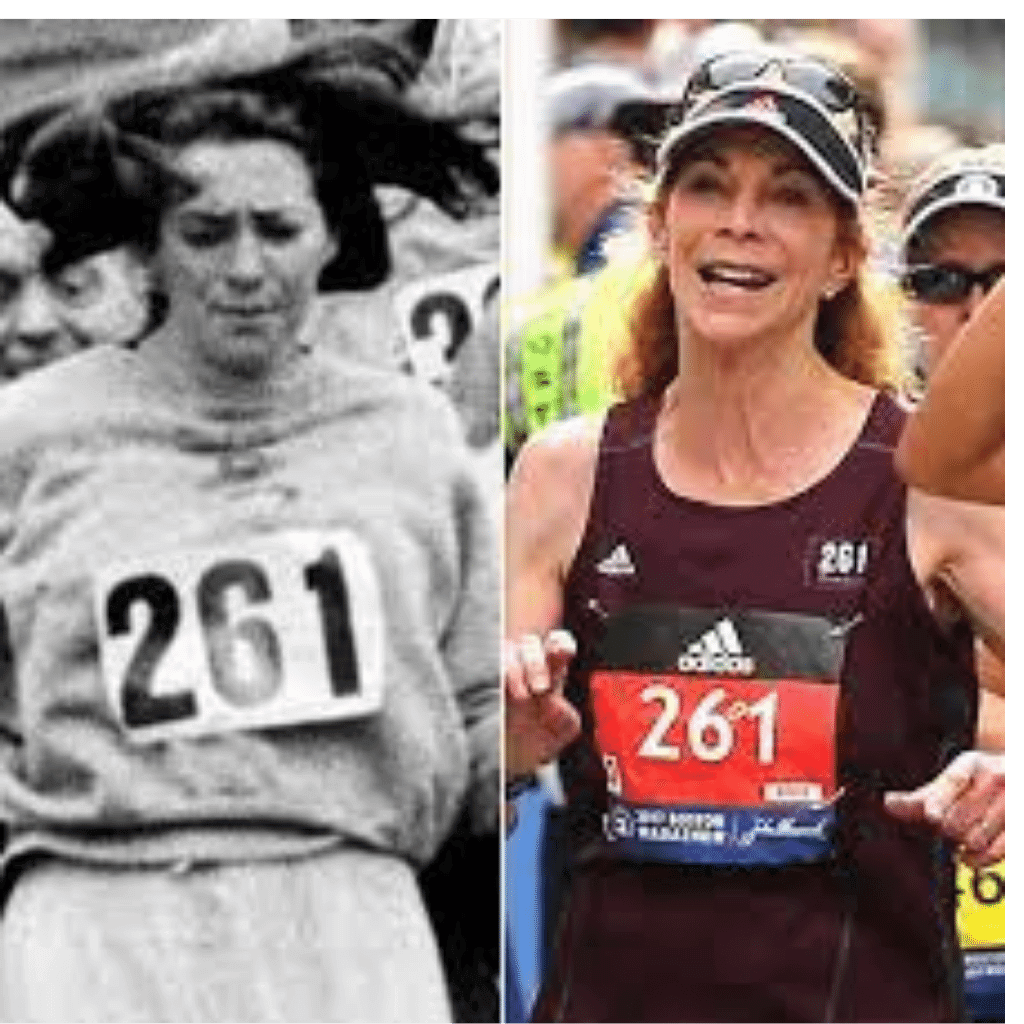
Both slow jogging and fast walking are low-impact exercises that can improve your overall health and fitness. While both are effective ways to get moving, there are some differences to consider when choosing which one is better for you. Here, we'll explore the benefits of slow jogging and fast walking and which one might be better for your health and fitness goals.
Benefits of Slow Jogging
Slow jogging is a form of exercise that involves jogging at a slow, comfortable pace, usually around 4-5 miles per hour. This low-intensity exercise has several benefits for overall health and well-being. One benefit of slow jogging is that it is a low-impact exercise, meaning that it places less stress on the joints and is therefore less likely to cause injuries. Additionally, slow jogging can improve cardiovascular health by strengthening the heart and reducing the risk of heart disease. It can also help with weight loss by burning calories and increasing metabolism. Slow jogging has mental health benefits as well, as it can reduce stress and anxiety and improve mood. Finally, slow jogging is an accessible form of exercise that can be done by people of all ages and fitness levels, making it an excellent option for anyone looking to improve their health and fitness.
Slow jogging is a form of running that is slower than a typical jogging pace. Here are some benefits of slow jogging:
- Improves cardiovascular fitness
- Burns calories and aids in weight loss
- Strengthens bones and muscles
- Reduces the risk of chronic diseases
- Boosts mood and energy levels
Benefits of Fast Walking
Fast walking, also known as power walking, is a form of exercise that involves walking at a brisk pace, usually around 4-5 miles per hour. This high-intensity exercise has several benefits for overall health and well-being. One benefit of fast walking is that it can improve cardiovascular health by strengthening the heart and reducing the risk of heart disease. It can also help with weight loss by burning calories and increasing metabolism. Additionally, fast walking can improve muscle strength and endurance, particularly in the legs and core. It can also improve joint flexibility and mobility, reducing the risk of injuries. Finally, fast walking can have mental health benefits, reducing stress and anxiety and improving mood. Overall, fast walking is an accessible and effective form of exercise that can be easily incorporated into daily life, making it an excellent option for anyone looking to improve their health and fitness.
Fast walking is a brisk walk that can be done indoors or outdoors. Here are some benefits of fast walking:
- Improves cardiovascular fitness
- Burns calories and aids in weight loss
- Strengthens bones and muscles
- Reduces the risk of chronic diseases
- Boosts mood and energy levels
Differences between Slow Jogging and Fast Walking
Slow jogging and fast walking are two different types of exercises that have some similarities but also notable differences. Slow jogging involves running at a pace of less than 6 miles per hour, while fast walking typically involves walking at a pace of 4-5 miles per hour. One key difference between the two is the intensity level. Slow jogging is a higher intensity exercise than fast walking and can be more effective at improving cardiovascular fitness and burning calories. However, it can also put more strain on the joints and may be more difficult for beginners. Fast walking, on the other hand, is a low-impact exercise that is easier on the joints and can be a more sustainable form of exercise for some people. Additionally, fast walking can improve joint flexibility and mobility, which may not be as noticeable with slow jogging. Ultimately, both slow jogging and fast walking can have significant health benefits and can be incorporated into a well-rounded exercise routine.
While both slow jogging and fast walking offer similar health benefits, there are some differences to consider:
- Slow jogging burns more calories per minute than fast walking, which can help with weight loss.
- Slow jogging can be more challenging on the joints and muscles, so it's important to build up to it gradually.
- Slow jogging improves cardiovascular fitness more quickly than fast walking, but fast walking is still an effective way to improve heart health.
Which is Better for Your Health and Fitness Goals?
Determining whether slow jogging or fast walking is better for your health and fitness goals depends on your individual needs and preferences. If you are looking for a high-intensity workout that burns calories and improves cardiovascular fitness, slow jogging may be a better option. It can be more challenging and may require a higher level of fitness, but it can also provide more significant benefits. On the other hand, if you are looking for a low-impact exercise that can still provide health benefits, fast walking may be a better choice. It can be a more sustainable form of exercise and may be easier on your joints, making it a good option for people with arthritis or other joint conditions. Ultimately, the best exercise is one that you enjoy and can stick to in the long run. It's essential to choose a form of exercise that you can incorporate into your lifestyle and that helps you achieve your fitness goals while also considering your individual needs and limitations.
Conclusion
Both slow jogging and fast walking are effective ways to improve your overall health and fitness. Whether you prefer slow jogging or fast walking, the most important thing is to stay consistent and make exercise a regular part of your routine. By doing so, you can improve your cardiovascular fitness, burn calories, and reduce your risk of chronic diseases.








